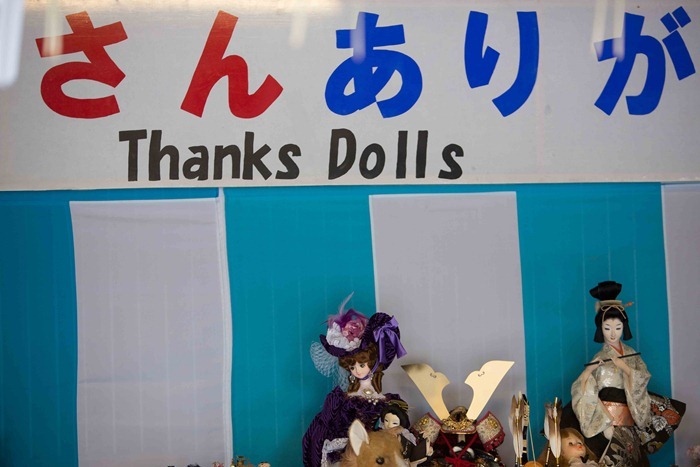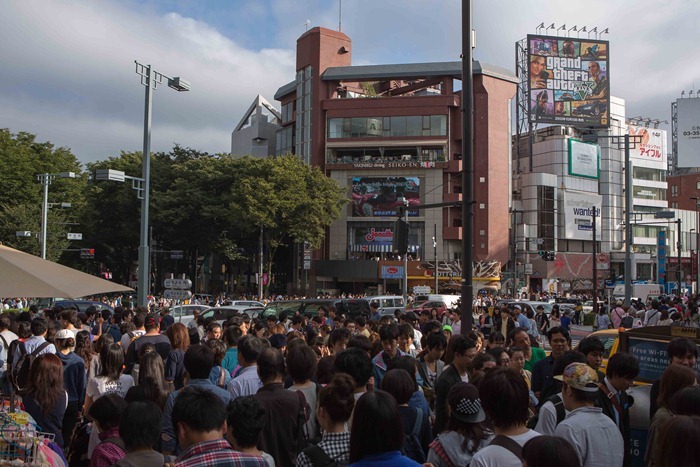We were with a friend at Meiji Shrine on the weekend and there were a few things going on – weddings and children coming of age celebrations.
I enjoyed watching the posing of this wedding party, the photographer and his staff must have adjusted an arm here – a leg there, for 10 minutes.

The bride is wearing the head covering that is traditionally worn to cover her “horns”.

Perhaps this bride is happy because she does not have anything to hide (smile).

Everywhere you looked were children in colorful traditional dress, to celebrate their coming of age. Of course, parents were being parents, primping and preening – that is the same in every culture.


The path to the shrine was lined with ornate flower arrangements. No idea what they were for, but I have not seen daisies arranged like Japanese trees before. Very pretty.

As always, lots to see at Meiji shrine.



















































